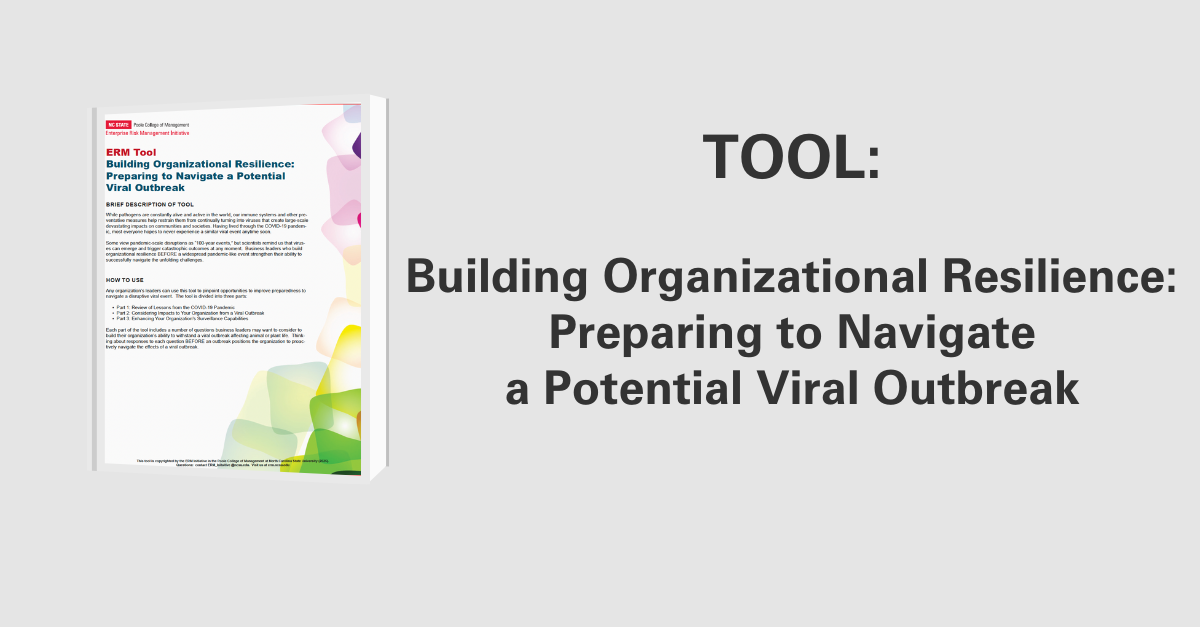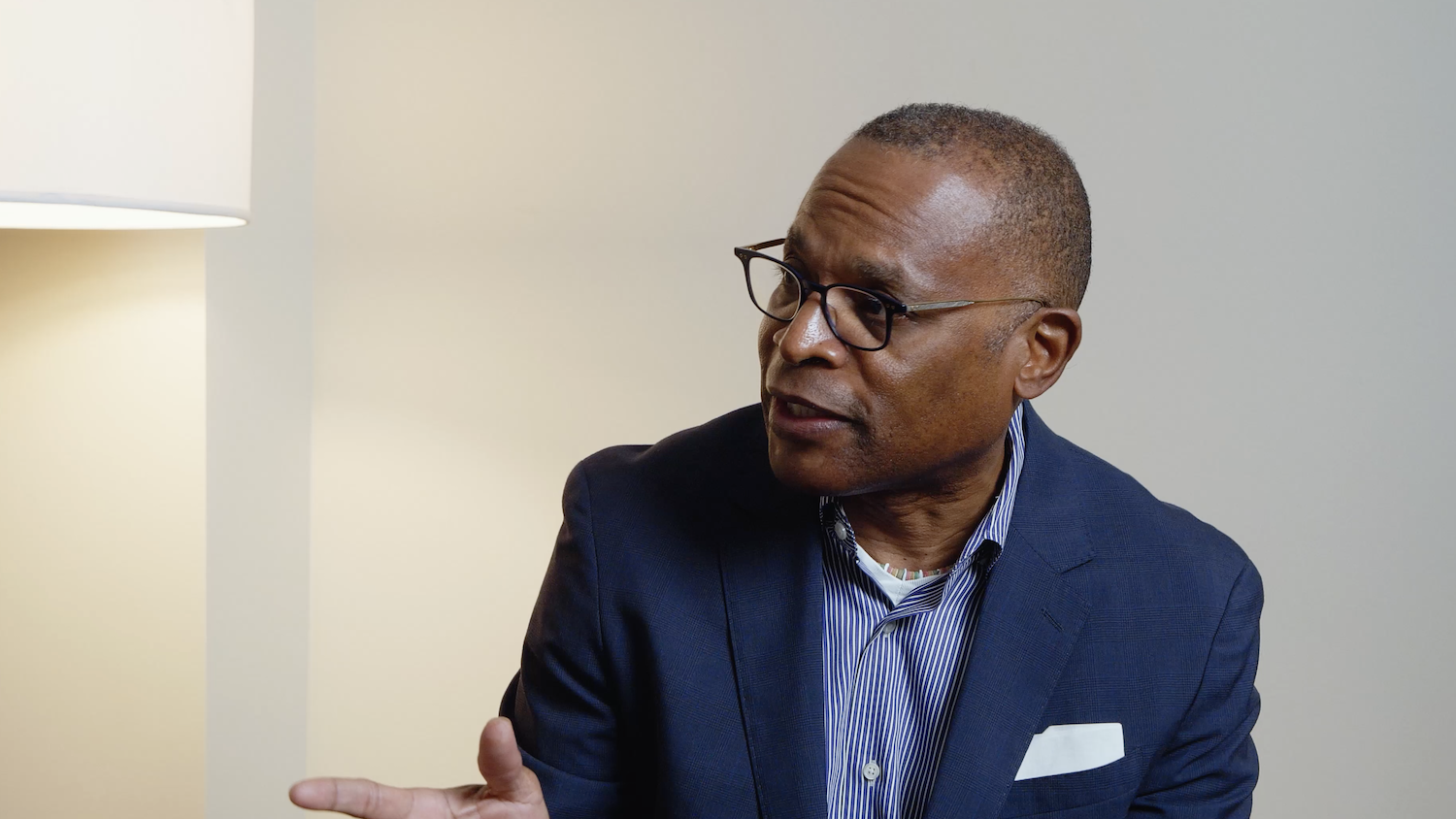Being Aware of Catastrophic Risks
When a company identifies a catastrophic risk, it is essential to carry out a thorough risk analysis process. This article, published by the National Association of Corporate Directors, suggests that risk analysis requires discipline, wisdom and most importantly, the courage to act in a manner that may be counter to the company’s and board’s culture and expectations.
A tool to help avoid catastrophic events lies in the consistent use of the following three-part strategy:
- Understanding human strengths and weaknesses,
- Recognizing the bias that exists in all communication, and
- Having the courage to ask questions and, if necessary, standing counter to the dominant culture.
This standard strategy should always be utilized, whether the catastrophic risk is known or unknown. While some catastrophes are completely unavoidable, more often than not, the responsibility for handling many situations lies within human vices and imperfections. There are several useful tools designed to identify and manage risk, but the risk of catastrophe will continue if those who are evaluating the risk are unwilling to demand hard answers to hard questions while setting aside the desire to be liked and be asked to remain in the oversight role.
The author summarized several well-known catastrophes that could have been prevented. These events included: the sinking of the Titanic, the collapse of the American Insurance Group, and the Bernie Madoff Ponzi scheme.
The author presented the following questions regarding these events:
- What common factors affecting decision making are present?
- What processes could the decision-makers have engaged in that might have avoided the catastrophe?
- What decision-making processes should we employ to avoid catastrophes for those entities for which we are responsible?
Each of the catastrophes discussed followed familiar patterns of human behavior: the overconfident, single-minded leader, the timid subordinates, and the failure to further examine obvious red flags. Although the people involved in these events were extremely smart and accomplished, they let their innate human flaws and frailties lead to poor decisions.
In summary, directors must maintain their awareness that the process of communication is an exercise in bias. One’s own experiences and learnings influence our reactions to everything we think and hear. An awareness of this bias should be part of conscious decision-making. In addition, directors have an obligation to set friendship aside to ask and push until they understand and evaluate the risks facing the company. This process takes time, and sometimes requires the director to make the conscious choice to appear to be naïve or appear to be the least intelligent person in the room until he or she is satisfied with the explanations that are received.
Original Article Source: “Dare to Be Dumb”, NACD, 2011


